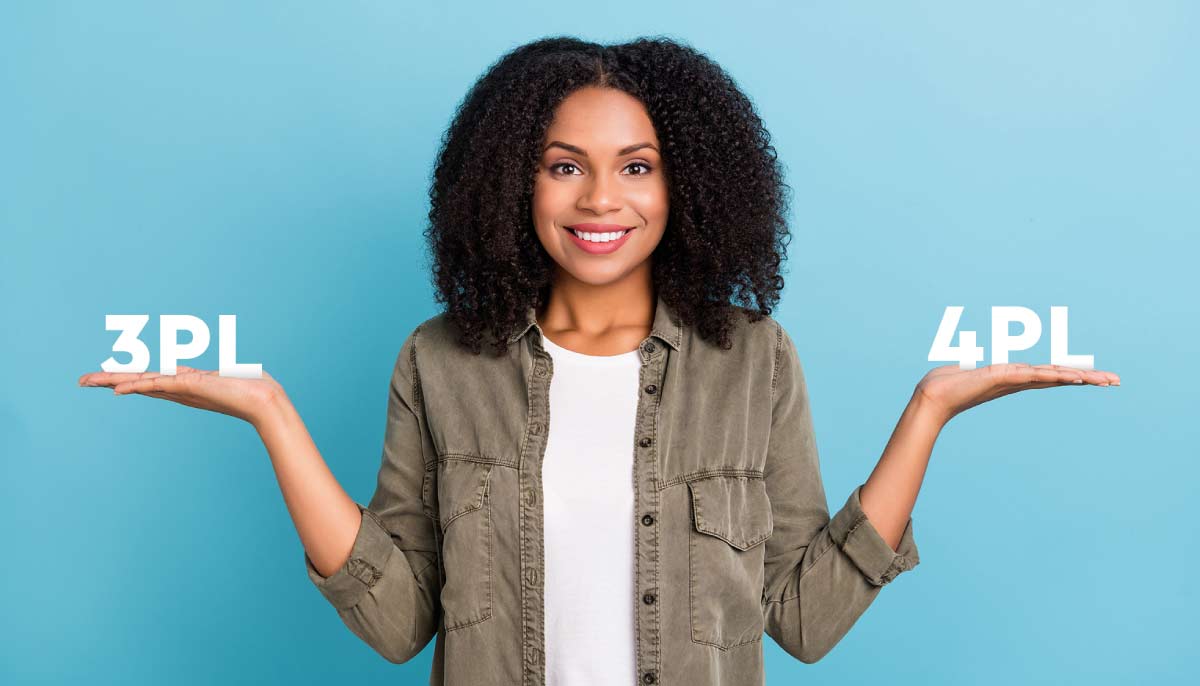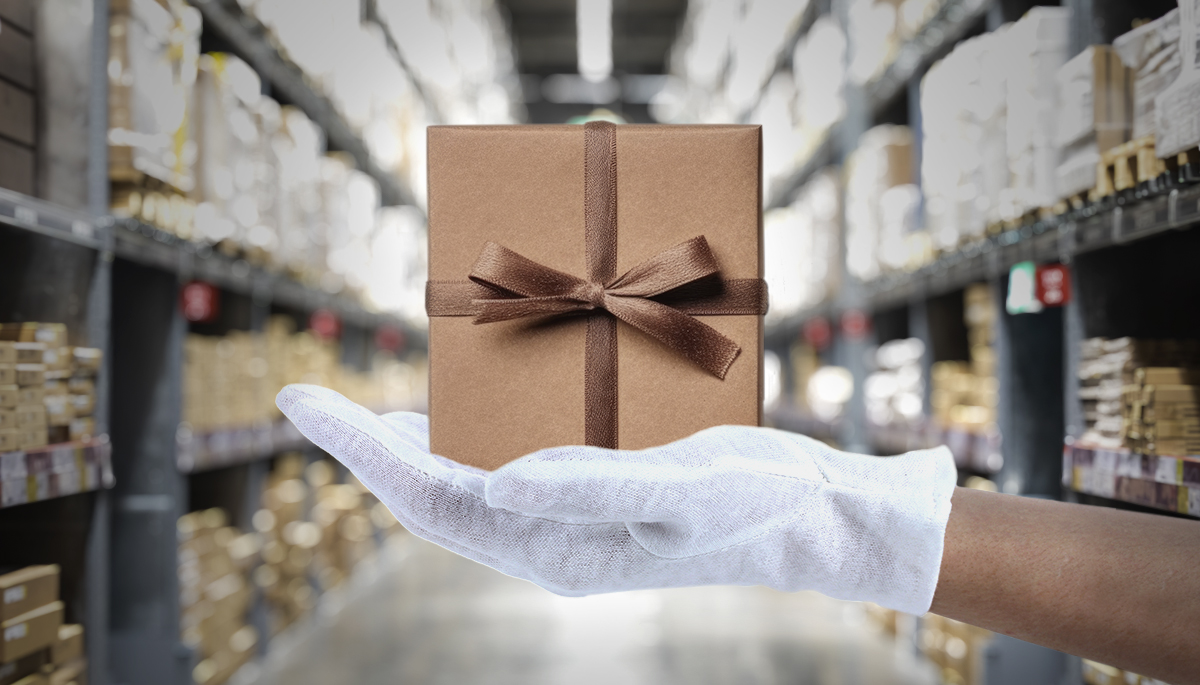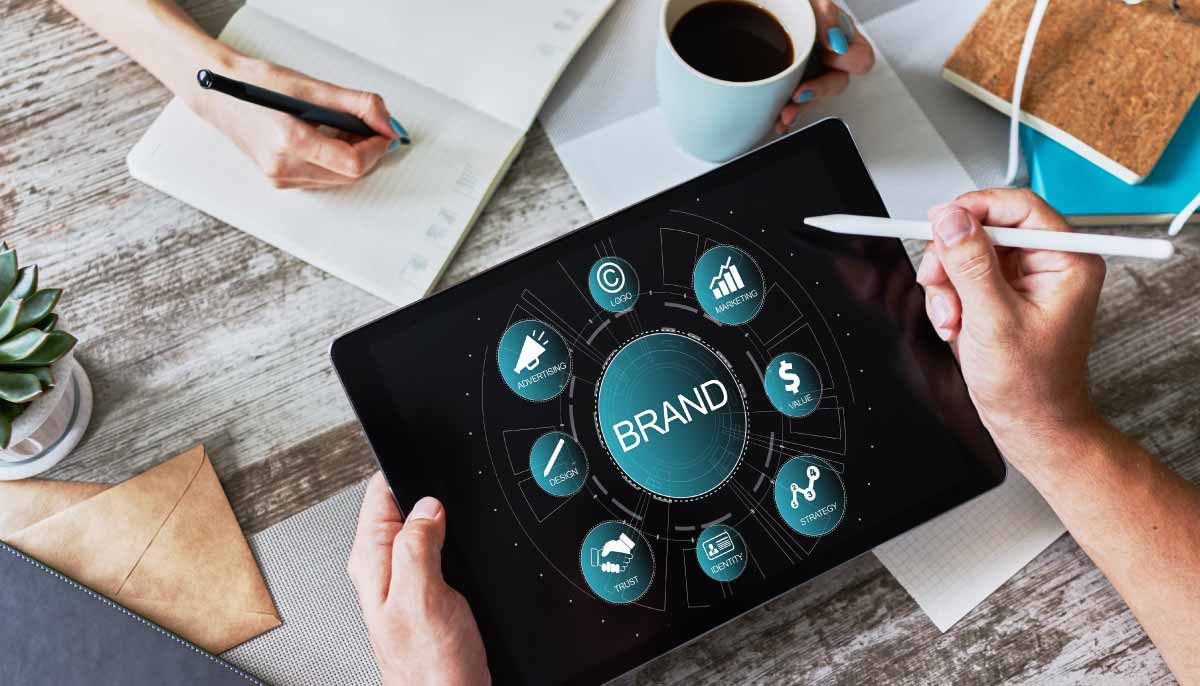
What is the Difference Between a 3PL and 4PL Provider?
Learn about 3PL vs 4PL and how to choose the best option for your brand
As your brand grows, you may reach an inflection point where fulfillment in-house simply does not work anymore, and outsourcing your operation is the clear path forward. You may have already started looking at 3PL and 4PL providers. This brings you to an important question: What is the right model to optimize your supply chain and ensure your logistics operations are in safe hands?
Choosing between a third-party logistics (3PL) and a fourth-party logistics (4PL) model can be a tricky decision. There are pros and cons to both, and it is important to understand the nuances between the two to determine which is the best fit for your brand. You need a provider that can match your forecast, continue to deliver on your customer expectations and, perhaps most importantly, grow with you as your business evolves – even playing a key part in that evolution.
Let’s take a look at the definitions and differences between these logistics providers so that you can make the best choice for your brand.
What is a 3PL?
At a high level, a 3PL typically refers to a company that provides fulfillment and logistics services.
3PLs own or rent their own distribution centers and warehouses, meaning there is a physical base for your brand and your products. The 3PL is the bridge between your brand and your carrier of choice. They oversee order fulfillment, distribution, and shipping activities, ensuring that the packaging and overall experience fits your customers’ expectations.
The services a 3PL provides in-house are tailored to each individual brand. When it comes to packaging and creating an overall ‘unboxing’ experience, a 3PL is going to take the time to ensure this meets your brand’s needs exactly. If you seek a ‘white glove service’ approach to packaging, with branded tissue paper, stickers, branding, etc., a 3PL can add these extra touches.
Services like these are also why the price point for a 3PL tends to be higher than that of a 4PL. Because a 3PL takes on your brand’s identity throughout the order fulfillment journey and is not just adding you to a long list of clients all receiving the exact same service from beginning to end.
What do 3PLs provide?
- A physical space to store, package and deliver your product from
- Scalability during peak season(s) and promotions – even at short notice
- White glove service – high-touch, personalized packaging
What is a 4PL?
A simple explanation of a 4PL would be that this type of provider will manage every aspect of your supply chain.
With a 4PL, one company oversees your product’s journey every step of the way, from the manufacturer to the customer. They choose where your product is stored, how fulfillment and packaging is carried out, customs, and carriers. They are the liaison between all (potential) providers involved to support this, reporting back to you, the brand.
Part of keeping costs down is that a 4PL does not own the client experience. For instance, the favored shipping method among 4PLs is sometimes referred to as ‘slap and ship’, with labels known as ‘slappers’. The clue is in the name here in that it means the process is simply – box arrives in the fulfillment center; label is slapped right on, and it is shipped directly out to the customer this way. The service is a no-frills, non-personalized approach to order fulfillment.
A key part of a 4PL’s MO is their ownership of software, not spaces. While they will be overlooking your entire supply chain, this is not done on-site, they are overseeing all these processes by communicating with a myriad of different suppliers, couriers, and so on.
What do 4PLs provide?
- One contact who oversees your supply chain
- Management of operations outsourced to other companies
- A simple, transactional approach to fulfillment and shipping
- A low-cost setup fee
5PL
It is also worth considering the more recent addition among logistics providers- the 5PL (fifth party logistics). While our above examples of 3PLs and 4PLs will look after either aspects of, or the entirety of your individual supply chain, the 5PL focuses on wider supply networks. Meaning, a 5PL will take over every single supply chain within an organization. If a 4PL oversees an entire supply chain of one brand within a group, a 5PL is taking that one large step further.
How to decide whether a 3PL or 4PL is best for your brand
| Service | 3PL | 4PL |
| Branded Experience | ✔ | |
| High Touch Customer Experience | ✔ | |
| Freight Management | ✔ | ✔ |
| Long-Term Growth | ✔ | |
| Ownership of Assets | ✔ | |
| Low Cost | ✔ | |
| Peak Support | ✔ | ✔ |
| Ability to Scale | ✔ | ✔ |
| Customized Solutions | ✔ | |
| Promotional Support | ✔ |
Branded Experience
If the overall customer experience is important to you as a brand, a 3PL is going to be the right route for you. Brands concerned with meeting consumer expectations and delivering a high-touch customer experience should consider which of the two approaches fits their business model. A 4PL works in such a way that the personalized approach is not attainable – logistically or at that price point. So, premium brands will often go with a 3PL as the branded experience is their priority.
Peak Seasons and Promotions
With a 4PL, you will be presented with a process-driven relationship, with less ability to scale or change gears at short notice. Depending on your brand, perhaps this won’t matter too much, and it is more about getting the product in the right place, in an efficient and swift manner. However, if you plan to provide your customers with regular offers and discounts, and expect a successful peak season year on year, finding a 3PL who can easily scale and adapt to meet demand should be a top priority.
Communication
There are multiple partners involved in a 4PL relationship, as each aspect of the supply chain is outsourced. So, if you contact them to discuss operations, they will have to contact more players to get your answer. When it comes to a 3PL, because they manage the operation themselves, you have a single point of direct contact for all your solution requirements, a premium service with everything under one roof. Personalized service is a key benefit of a 3PL, your operation is not simply added into a copy and paste conveyor belt of fulfillment. Rather, you are getting a service tailored exactly to your brand.
Overall, the choice comes down to what you need as a brand. If you are looking to outsource to ensure your brand can continue growing effectively, then you must decide which type of fulfillment provider you are going to get the most value from (based on your brand’s requirements), and which services you are most keen to prioritize. If a highly personalized, heavily branded experience is what your customers expect, a 3PL is the clear choice to ensure continued success.
Find out what a 3PL can do for your brand, get in touch with PFS today.


